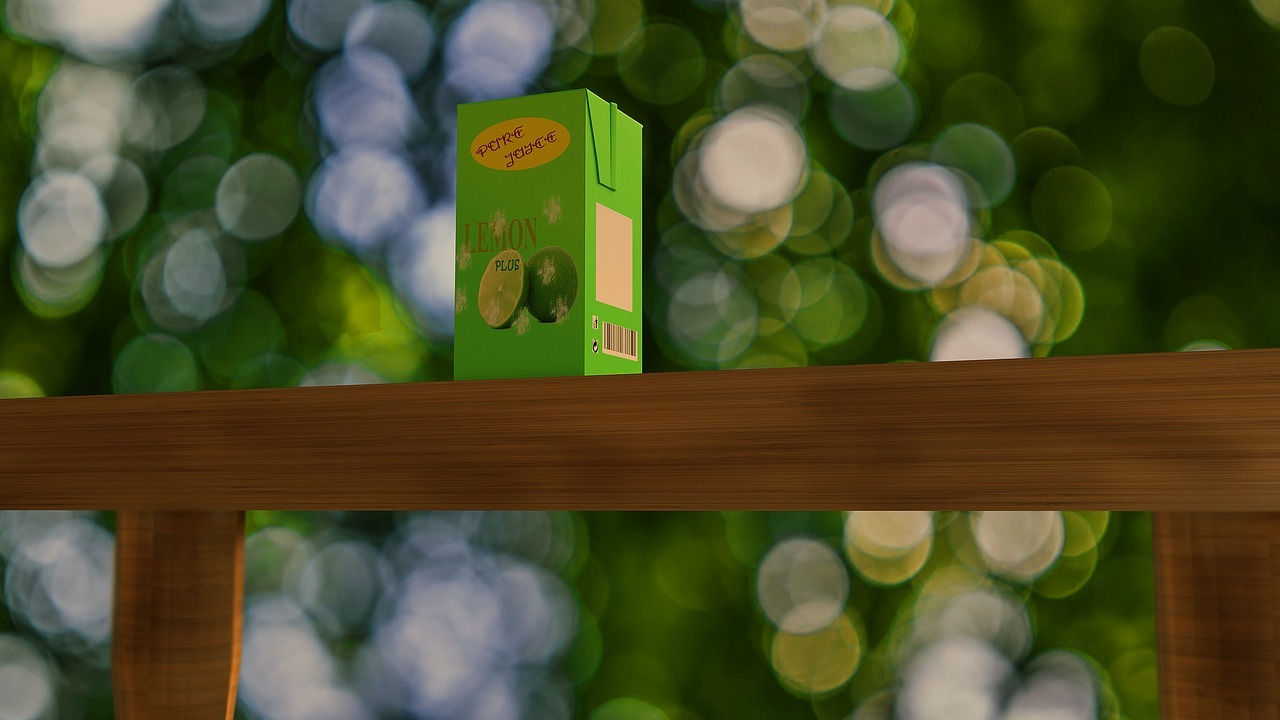If you clicked on this article, you’re probably an environmentalist or green activist. Or maybe you’re just a user of tetra paks wondering if Tetra Pak recycling is possible or not and its impact on the environment. Read below to learn more about Tetra Paks.
What Are Tetra Paks?
One of the biggest names in the food packaging industry, Tetra Pak has definitely made a name for itself over the years. With more than 160 countries around the world using the packaging giant’s products, their annual profits exceed a whopping 13 billion dollars every year.
Coming in a wide variety of shapes, designs, lid styles, and functions, Tetra Paks can be used to pack several products like milk, broth, soup, wine, water, and fruit juice. Additionally, the packaging is aseptic, which means that it’s free of harmful microorganisms, viruses, and bacteria.
Are Tetra Paks Recyclable?
Most of the time, yes, Tetra Paks are recyclable. Whether Tetra Pak recycling is possible or not in your area depends on your city or local recycling center’s program and rules.
The trouble is, though, Tetra Paks are made up of multiple layers of polyethylene, paperboard, and aluminum that, when combined, make the material tougher to recycle. The aseptic properties of Tetra paks also affect its ability to be recycled properly.
Many shelf-stable aseptic cartons are composed of several different layers of polyethylene, paperboard, and aluminum. If these materials were on their own, perhaps a cardboard box or aluminum can, recycling wouldn’t be as much of a problem as recycling centers have got the machines and sorters to work through these different materials.
The combination of the multiple materials makes recycling much more complex. The paper fibers need to be washed out before the aluminum and polyethylene can be separately recycled
This requires an enormous amount of special equipment and supplies like water and energy. Not to mention, for most of the United States, carton recycling isn’t even possible. And when it is possible, there’s only a single facility in the United States that processes this kind of recycling. The other option is sending the cartons to Mexico to be recycled.
The Environmental Impact Of Tetra Pak
While Tetra Pak may have a lower carbon footprint than other types of packaging, it’s apparent that their end of use recycling is alarming. Even more disturbing, however, is the fact that sometimes they don’t get recycled at all. Yes, this is an unfortunate truth.
The company’s global recycling rate was just 26% when recorded in 2018. Some places like Vietnam have very limited recycling resources, and the cartons end up producing a heavy amount of pollution.
Using Tetra Paks Responsibly
Here are some tips on using Tetra Paks responsibly:
- Take note of the “Recyclable Where Facilities Exist” label
- Push the straw back in the pack, so it doesn’t get lost
- Avoid flattening the boxes
- Reuse the cartons
Bottom Line
The most effective and best way to reduce the impact of Tetra Pak is to cut it out entirely from your lives. Hopefully, this article has helped you learn more about Tetra Pak and its impact on the environment.

